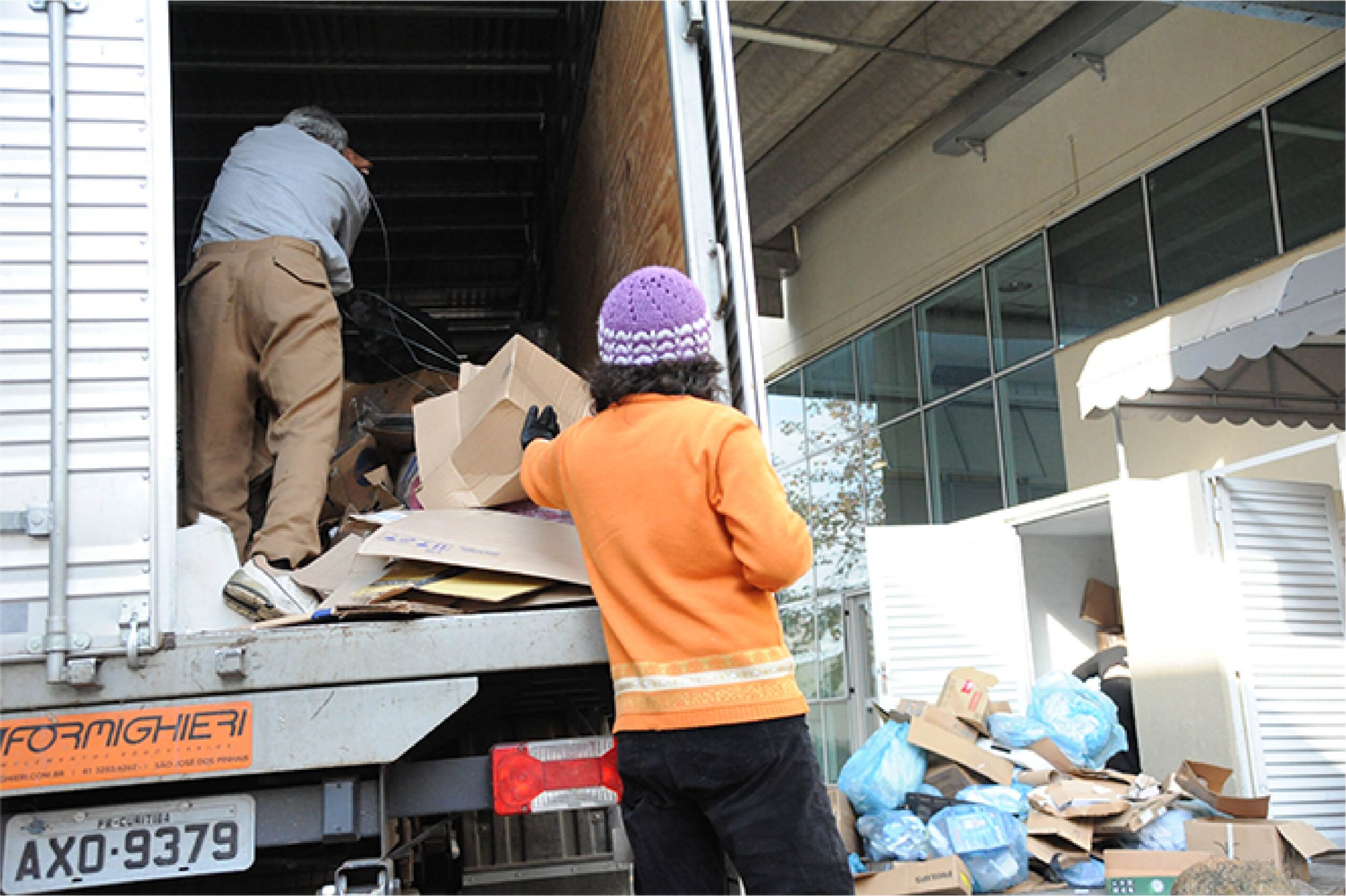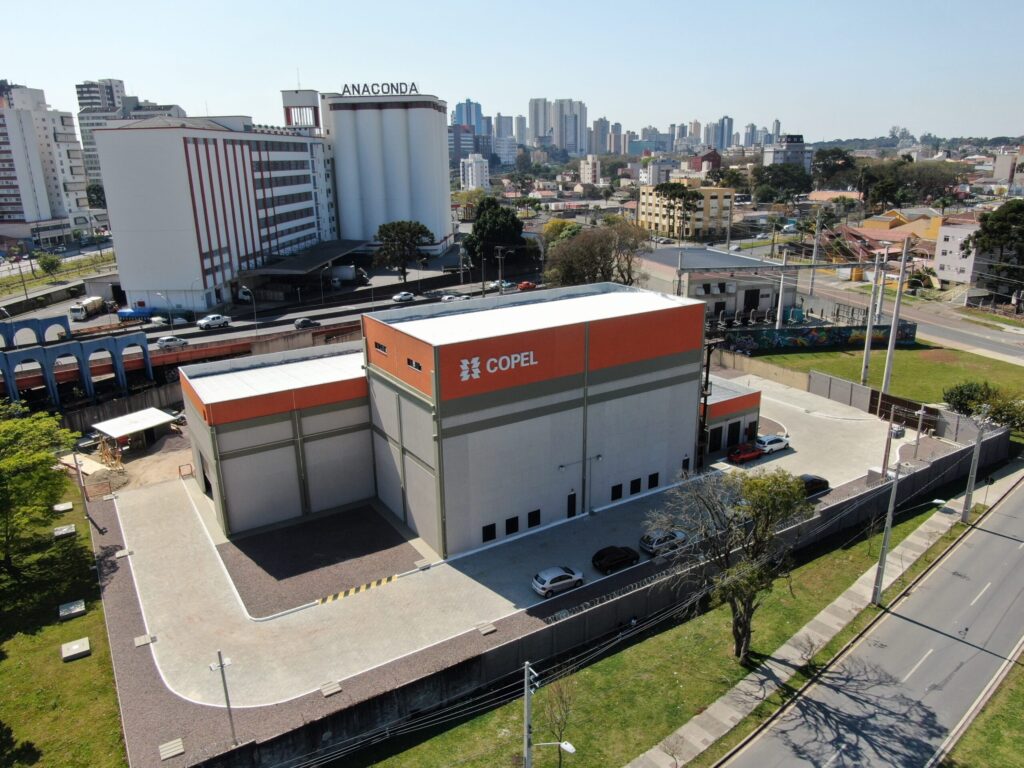Waste, Effluents, Emissions and Noises
According to the legislation, standards and corporate policies, Copel promotes the management of waste, effluents, emissions and noise arising from the implementation of ventures, operations and administrative processes.
The data are monitored by the Company’s environmental areas and are annually disclosed through socio-environmental reports and Copel’s Integrated Report (Holding). The actions are coordinated by the Ecoefficiency Program and by the subsidiaries, which deploy this monitoring and condition environmental responsibility for the supply chain.
Waste
Effluents
Emissions
Noises

Waste Management
Copel has a waste management process that aims to promote the correct management of solid waste, from generation to final destination; prevent negative environmental impacts and maximize positive ones, which makes it possible to meet both legal requirements and the conditions of environmental licenses.
Effluents
In Copel’s business, effluents can be categorized as administrative or process, with the necessary treatments being given to ensure their compliance with all applicable control parameters, in compliance with the legal requirements and environmental licensing of the assets, as well as from the point of view of the Company’s environmental responsibility.
The generation projects have their effluents continuously monitored through the Management Plan of the Sanitary and Industrial Effluent Monitoring Subprogram, with periodic collections being carried out in accordance with the guidelines and procedures contained in the Collection Manuals of each project, and guided by the Standards Methods for the Examination of Water and Wastewater – 23rd edition 2017 and in compliance with the conditions of the Operating Licenses of the ventures and as defined in CONAMA Resolution No. 430/2011.
Domestic sanitary effluents and water used for activities carried out in maintenance workshops, such as washing parts and draining the floor of installations, are subjected to treatment in local biological and physical-chemical purification systems so that their discharges are directed to surface water bodies or sinkholes. In sanitary systems equipped with a sinkhole, there is no monitoring, as there is no discharge of effluents into surface water bodies. Sinks promote adequate infiltration of the treated effluent into the soil.
The effluents (sanitary sewage) generated in the Company’s administrative facilities are destined for the collection network of public sanitation concessionaires.
The monitoring carried out has indicated that Copel’s systems presented results in line with what is recommended in the applicable legislation.
Atmospheric Emissions
Copel’s generation source is predominantly hydraulic and wind energy, reinforcing its commitment to becoming a Company with 100% renewable energy. In line with this guideline, in 2023, the Company filed a request to return the Figueira Thermoelectric Power Plant (UTE Figueira) concession to the Ministry of Mines and Energy and in July 2024, Copel took the biggest step in this direction with the divestment of the Araucária Gas Power Plant (UEGA).
During the operation of thermoelectric plants, which generate energy from steam from burning fuel, atmospheric emissions are generated, such as particulate matter, sulfur and nitrogen oxides, carbon monoxide and dioxide. To prevent these gases from generating negative environmental impacts, plants rely on atmospheric pollution control technologies, such as bag filters, electrostatic precipitators, among others.
To evaluate the efficiency of this equipment in controlling emissions and ensuring legal compliance, Copel carried out periodic monitoring of emissions from the thermoelectric plant (stationary source), in addition to monitoring the quality of the air around the project, aiming to preserve the environment. and population health.
To learn more, access the Air Emissions and Air Quality Monitoring Program.
Natural Gas
Noises
Copel monitors the environmental noise arising from the implementation and operation of its ventures, also breaking down the activities carried out in the Company’s administrative buildings and suppliers and service providers, in order to ensure compliance with the legal limits established by CONAMA Resolution No. 1 , of March 8, 1990, by ABNT Norms NBR-10.151 and NBR-10.152, as well as by specific state and municipal laws.
The measurements are carried out by specialized companies, using specific equipment and focusing on receivers that could be more affected by eventual noise from Copel’s facilities. The campaigns are carried out periodically, following the determinations of the environmental licenses, and the monitoring carried out contributes to avoid negative impacts on the communities in the areas covered by its projects.




